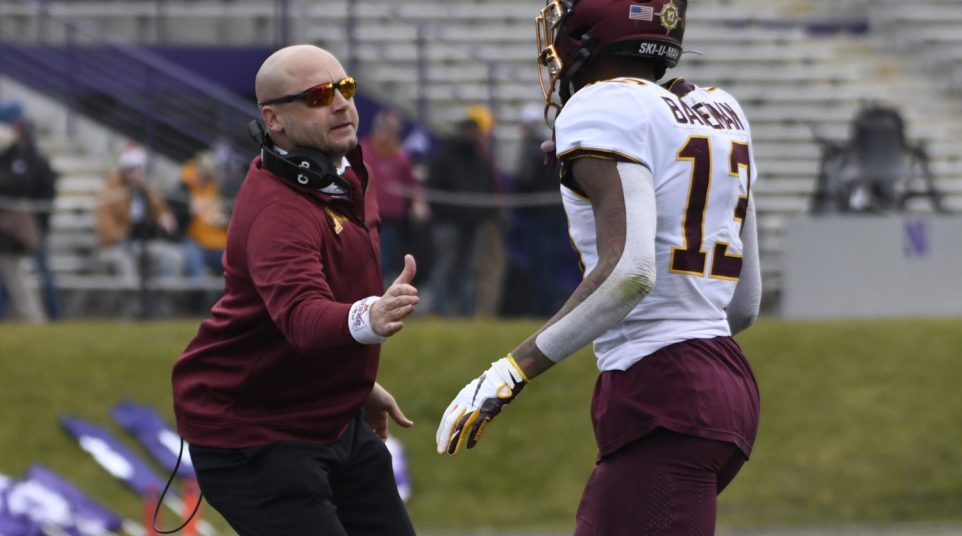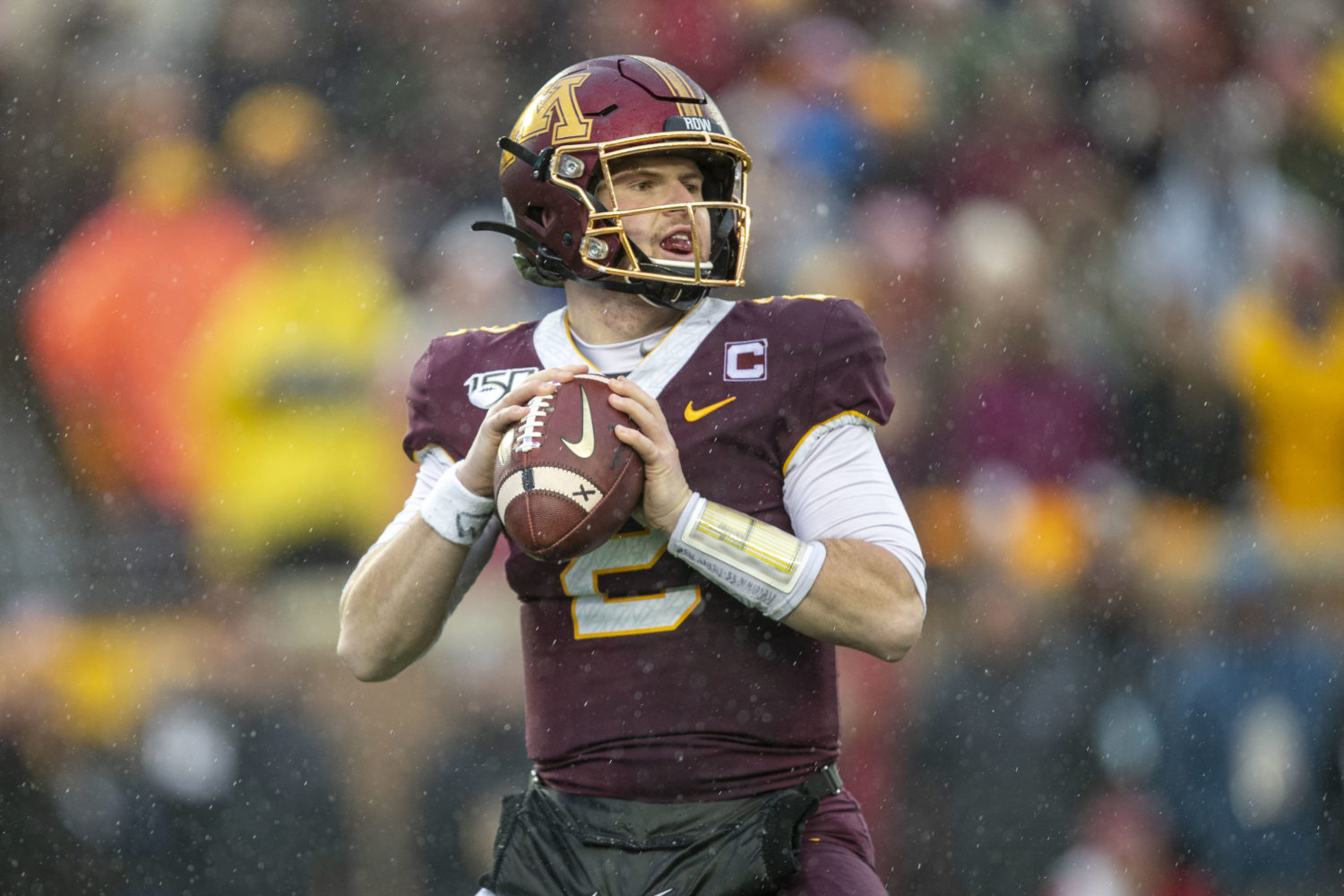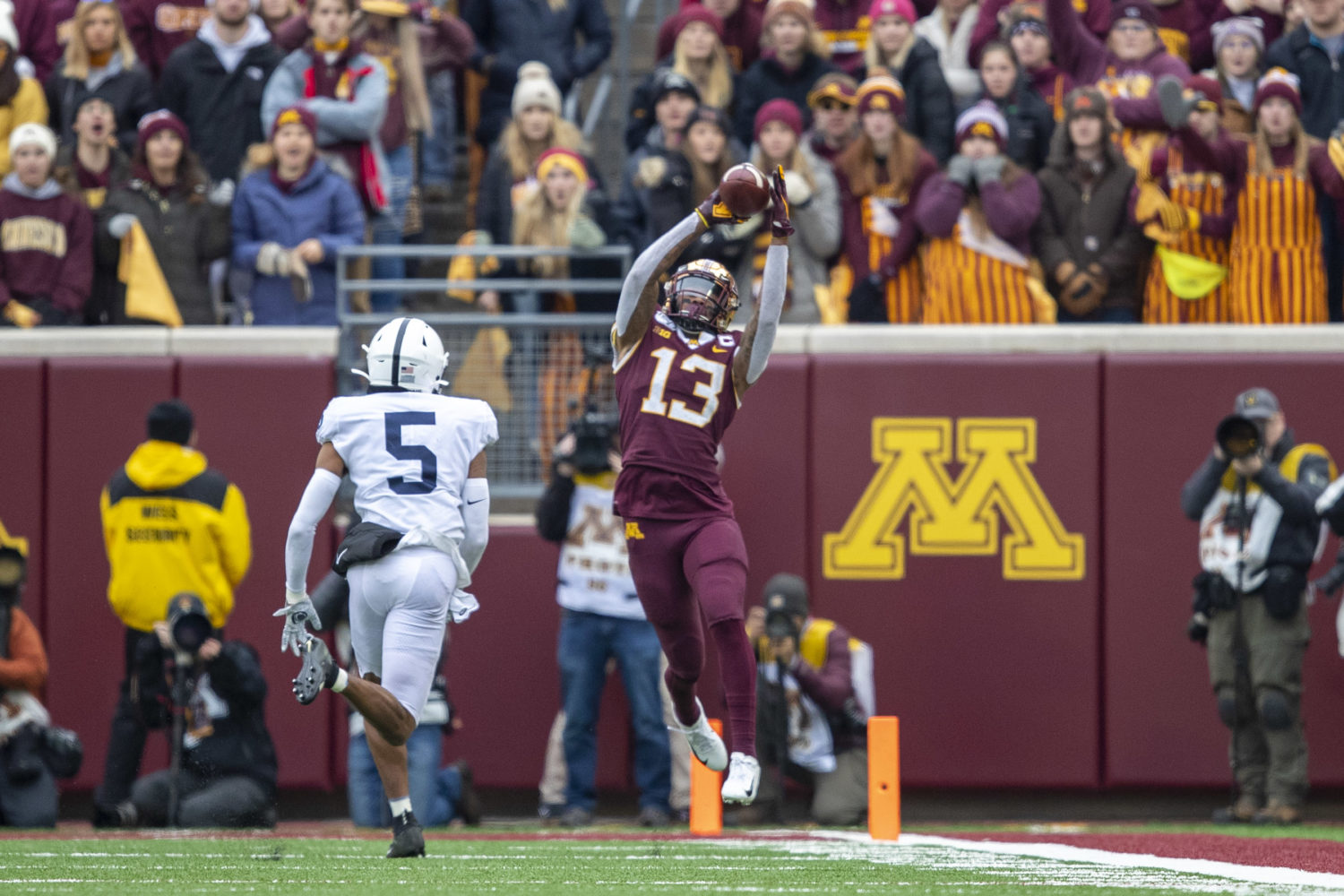
Outback Bowl, Auburn vs. Minnesota: Scouting the Gophers
Auburn checked in at No. 12 in the final College Football Playoff rankings after a 9-3 season and will be making its seventh straight bowl appearance and 10th in the past 11 seasons.
The Tigers will earn a 10-win season for the second time in three years if they come away with a victory over No. 18 Minnesota (10-2) in the Outback Bowl in Tampa on New Year’s Day.
Here are five things you need to know about the Golden Gophers.
How they got here
Head coach P.J. Fleck had the Gophers rowing the boat to a 9-0 start in his third season at Minnesota, including an impressive 31-26 victory over then-No. 4 Penn State. The Gophers rose to No. 8 in the nation but stubbed their toe in the following game at Iowa, losing 23-19.
Minnesota fumbled away an opportunity to meet No. 1 Ohio State in the Big Ten Championship Game when it got drubbed by Wisconsin in the regular-season finale. Losing two of their final three games has left a sour taste in the mouths of the Gophers, who will be making their second consecutive bowl appearance and seventh in the past eight years.
Quarterback
Sophomore Tanner Morgan lit the Big Ten on fire this season, throwing for a league-best 2,975 yards. He completed 66 percent of his passes while throwing for 28 TDs and only 6 INTs.
Morgan took over as the guy under center midway through the 2018 season, and over the final seven games of the season he threw for nearly 1,400 yards. He has thrown for 300 yards in three games this season (Purdue, Penn State, Iowa) in addition to a 296-yard game against Wisconsin and a 289-yard performance against Georgia State.

Tanner Morgan threw for a Big Ten-best 2,975 yards this season. Photo by: Jesse Johnson-USA TODAY Sports
Offensive strengths
The Gophers ranked fourth in the Big Ten in total offense, averaging 426.8 yards per game. As can be expected with the league’s best QB, the Gophers had the league’s best receivers as well. Sophomore Rashod Bateman and senior Tyler Johnson finished 1-2 in the Big Ten in average yards per game. The two tied for the league lead with 11 TD receptions.
Bateman led the way, averaging 97.5 receiving yards per game while averaging 20.53 yards per reception. The home run threat caught just 57 passes but made the most of each. Johnson was more the possession receiver and one of the most reliable pass catchers in the Big Ten. He ranked second in the conference with 74 catches.

Rashod Bateman is Minnesota’s main deep threat with better than 20 yards per catch. Photo by: Jesse Johnson-USA TODAY Sports
But the Tigers can’t sleep on Minnesota’s run game. Senior Rodney Smith rushed for 1,094 yards this season and averaged 91 yards per game, which ranked third in the league.
Defensive strengths
The Gophers ranked fifth in the Big Ten in total defense, yielding 312.8 yards per game. They were good against the pass, ranking fourth in the conference, allowing 185 passing yards on average.
They weren’t as good against the rush, however. Minnesota ranked seventh in the conference against the run. In four games this season, the Gophers were gashed for 150-plus yards on the ground, including three games of 170-plus yards allowed.
Biggest weaknesses
If the Gophers have a weakness, it would be in special teams. The Gophers were 12th in the Big Ten in punting with an average of just 38 yards per boot. That could be because they don’t punt very often. In fact, they tied for the conference low with 3.5 punts per game.
In addition, the Gophers’ return game has left something to be desired. They average just 3 yards per punt return. Only Rutgers averaged fewer return yards among Big Ten teams. And they were 10th in the league with just 19 yards per kick return.
But again, they haven’t had much practice at it, averaging a conference-tying low 0.8 punt returns per game, and just 1.5 kick returns per game on average.
